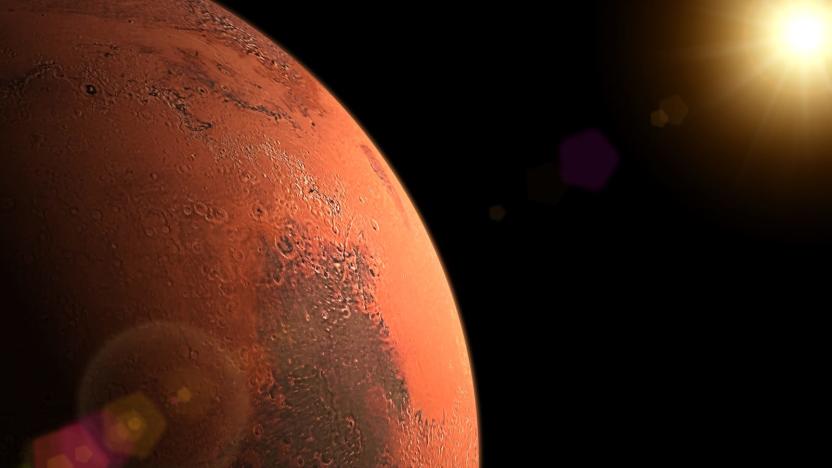EMdrive
Latest

'Impossible' EM drive may actually be impossible after all
If something sounds too good to be true then it probably is, so goes the old saying. And unfortunately, it now seems this is also applicable to the "impossible" EM drive, first touted over a decade ago as a way to generate thrust using microwaves, thereby eliminating the need for fuel in deep space exploration. The initial research caused huge excitement, with scientists venturing it would be possible to travel from Earth to Mars in just a few weeks if the technology could be scaled up, but new tests suggest that's unlikely to happen because it doesn't appear to work at all.

NASA demonstrates EM Drive theory, but don't get too excited
A fuel-free engine is the stuff of science fiction for now, but scientists at NASA Eagleworks have published a peer-reviewed paper that suggests the ideas behind an EM Drive are worth testing further. Researchers at Eagleworks, a small NASA team tasked with testing humanity's wildest theories of spaceship propulsion, were able to produce thrust without any kind of propellant, in a vacuum, as they published this weekend in ARC.

China takes the leap: Emdrive aka Infinite Improbability Drive now in development
While the rest of the world was in some kind of mass coma over the past year, China decided to have a hand at building the highly controversial Emdrive (electromagnetic drive) -- an engine that uses microwaves to transform electrical energy into thrust, all in a comparably light-weight, efficient package. The end result could mean 41 day journeys to Mars, not to mention terrestrial vehicle propulsion and satellite applications. Perpetual motion malarkey you say? British scientist and originator of the concept, Roger Shawyer of Satellite Propulsion Research Ltd. (SPR), assures you it's nothing of the kind, and Chinese Professor Yang Juan concurs. Research headed by Juan at Northwestern Polytechnical University (NPU) in Xi'an commenced in June 2007, and a thruster now being built based on Shawyer's theories is scheduled for completion by the end of this year. Meanwhile in the US: cue the sound of crickets.[Via Wired]

